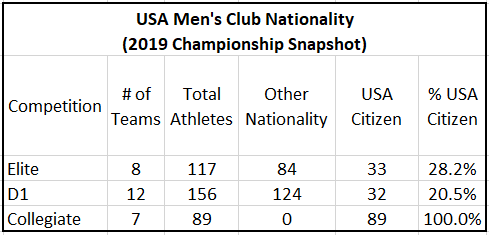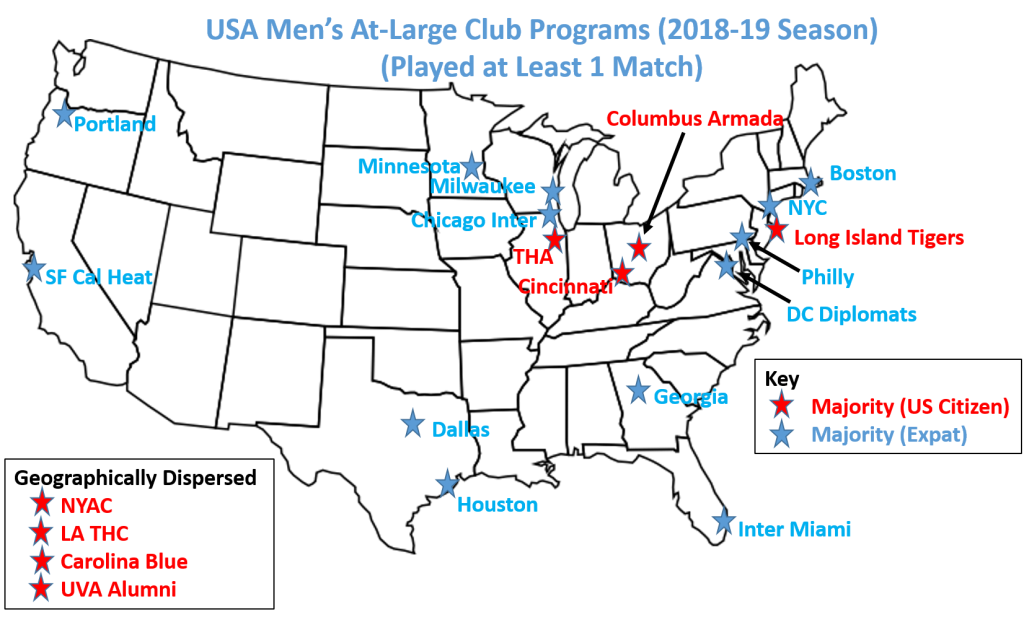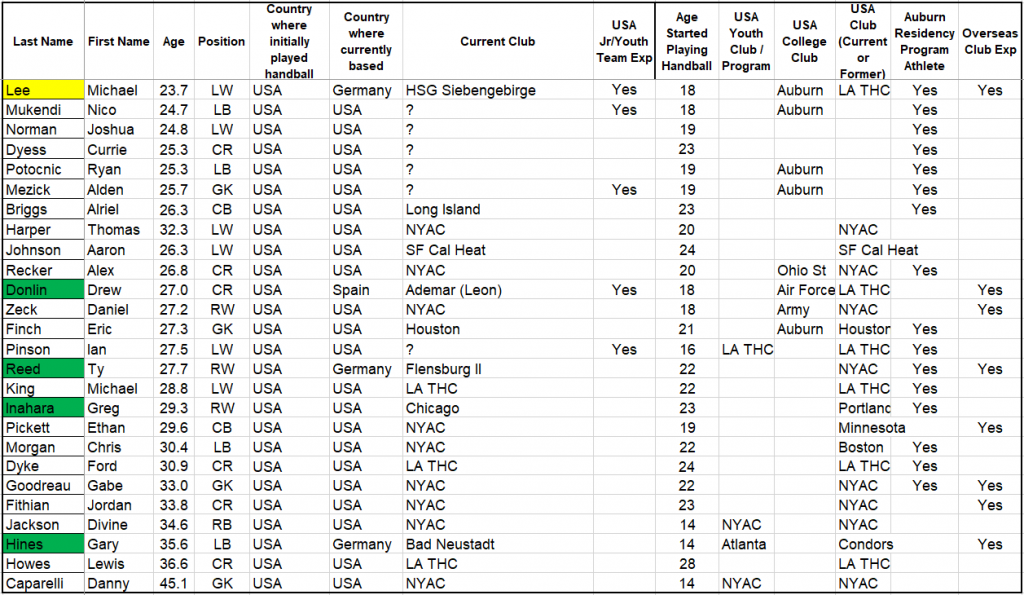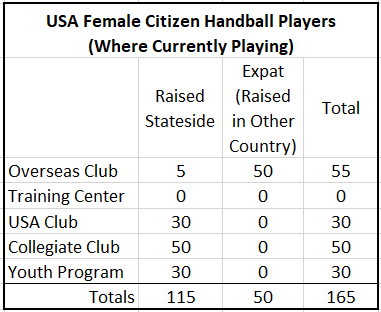
The projected “Look Ahead” schedule for the NBC Olympic Channel has dates and times for matches that will be broadcast for the upcoming 2019 IHF Women’s World Championships. Based on this projected schedule it looks like the schedule will be similar to what was provided this past January for the Men’s World Championships in that TV broadcasts won’t start until the Main Round. But, in other ways it looks like it might be a step back from the viewing experience we had this past January.
No Live Matches
According to the schedule all matches will be aired on a delayed basis. This is probably due to the competition taking place in Japan and therefore most matches starting in the early morning hours in the U.S. (Japan is 14 hours ahead of the U.S. ET). You might think that an early morning start time would make it ideal for a live broadcast in the U.S. since there would be no other sporting event airing at the same time. While this is indeed true that thinking neglects the reality that many sports channels including the NBC Olympic Channel air paid infomercials during the early morning hours. And, they would actually lose money if they broadcast live handball instead. While, delayed broadcasts are a bummer to dedicated handball fans, the plus side is that potential new fans are far more likely to catch a handball match in the afternoon than they are during the middle of the night.
Matches Truncated to an Hour
More disappointing to the dedicated handball fan will be what appears to be time shortened one hour blocks for each handball match to be aired. Based on past experience this means that about 15 minutes of match time will quietly disappear. Typically midway through the first half there will be a commercial break and when the commercial is over the clock will have moved forward several minutes. Halftime is then shorted to a simple commercial break and then at some point in the second half the clock will again quietly move forward again when it comes back to the match. It’s done quietly, because the announcers are from the live feed broadcast and they have no idea when NBC is going to edit out the match. So, when you look at the score and think to yourself, “Wait a second, wasn’t this game tied a minute ago? Did I miss something?” The answer is “You didn’t fall asleep, NBC just quietly moved the game forward a few minutes.”
On Line Streaming?
As is almost always the case we likely won’t know about on line streaming options until the competition starts. This past January I was actually in Europe during the first week of the Men’s World Championship, but I got multiple reports of frustrated viewers in the U.S. that were geo-blocked out of the IHF web stream. Typically what happens is that any nation with a TV contract for the event is geo-blocked from the free stream. Yes, for years since the U.S. didn’t have a TV contract we got to see every match online for free, but this is now no longer the case. Some matches, however, were available live on the Olympic Channel web stream and this may be the case again this year. Another possibility could be that NBC makes a live stream available.
(Note: The NBC Olympic Channel and the online Olympic Channel are not the same entity. The Olympic Channel is available world wide and is tailored to viewers in each country. The NBC Olympic Channel is available only in the U.S. Some of the content overlaps, but they have different schedules.)
Olympic Channel Web Stream: Link
NBC Web Stream: Link
And, then there’s a third option which I have used successfully in the past: Get a VPN service and then access the IHF web stream. Trust me, this is a far preferable and safer method than the various, nefarious pirate sites that typically pop up during these competitions. Not only do some of them take your money, the stream quality is typically poor with these sites. Also, another benefit to VPN… The EHF Champions League… Just sayin.
The preliminary matches start in the early morning hours on Saturday, 30 November. I will update streaming options as they become known.
NBC Olympic Channel Projected IHF WC Handball Schedule
All Times are US ET
Sunday, 8 December
4:00 PM Main Round Match
5:00 PM Main Round Match
Monday, 9 December
2:00 PM Main Round Match
3:00 PM Main Round Match
Tuesday, 10 December
2:00 PM Main Round Match
3:00 PM Main Round Match
Wednesday, 11 December
2:00 PM Main Round Match
3:00 PM Main Round Match
Friday, 13 December
5:00 PM Semifinal #1
10:00 PM Semifinal #2
Sunday, 15 December
4:00 PM Bronze Medal
5:00 PM Gold Medal



































